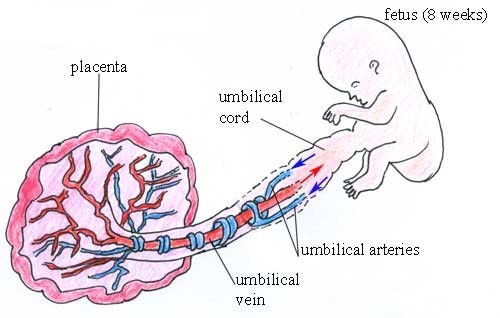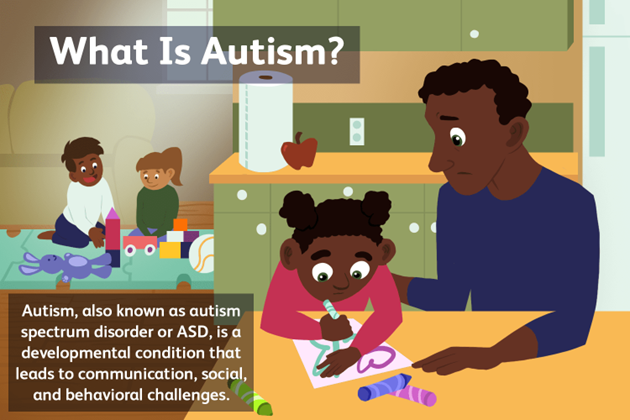A 5-year-old boy was diagnosed with Duchenne muscular dystrophy less than 18 months ago.
The client presents with fatigue, and muscular weakness and is having difficulty running, and often falls majority of his attempts.
Which of the following would the nurse expect to be elevated in Duchenne muscular dystrophy?
Lactate Dehydrogenase.
C-Reactive Protein.
Erythrocyte sedimentation rate.
Creatine kinase.
The Correct Answer is D
In patients with Duchenne muscular dystrophy (DMD), creatine kinase levels are often increased to levels that are 50-100 times the reference range.

Choice A is incorrect because lactate dehydrogenase is not typically elevated in DMD.
Choice B is incorrect because C-reactive protein is not typically elevated in DMD.
Choice C is incorrect because the erythrocyte sedimentation rate is not typically elevated in DMD.
Nursing Test Bank
Naxlex Comprehensive Predictor Exams
Related Questions
Correct Answer is A
Explanation
The umbilical vein carries oxygen-rich blood to the fetus from the placenta.
The umbilical vein is an important part of fetal circulation and carries oxygenated blood from the placenta into the growing fetus.

Choice B is incorrect because the two umbilical arteries carry deoxygenated blood from the fetus to the placenta23.
Choice C is incorrect because there are not two umbilical veins, but only one12.
Choice D is incorrect because it is not the one umbilical artery that carries oxygen-rich blood to the fetus from the placenta, but rather the one umbilical vein14.
Correct Answer is A
Explanation
One of the common symptoms of autism spectrum disorder (ASD) is difficulty with social communication and interaction, which can include avoiding or not keeping eye contact.

Choice B is not an answer because sitting quietly in the caregiver’s lap during the interview is not a typical symptom of ASD.
Choice C is not an answer because smiling when shown a stuffed animal is not a typical symptom of ASD.
Choice D is not an answer because crying and running to the door when the caregiver leaves the room is not typical symptom of ASD.
Whether you are a student looking to ace your exams or a practicing nurse seeking to enhance your expertise , our nursing education contents will empower you with the confidence and competence to make a difference in the lives of patients and become a respected leader in the healthcare field.
Visit Naxlex, invest in your future and unlock endless possibilities with our unparalleled nursing education contents today
Report Wrong Answer on the Current Question
Do you disagree with the answer? If yes, what is your expected answer? Explain.
Kindly be descriptive with the issue you are facing.
